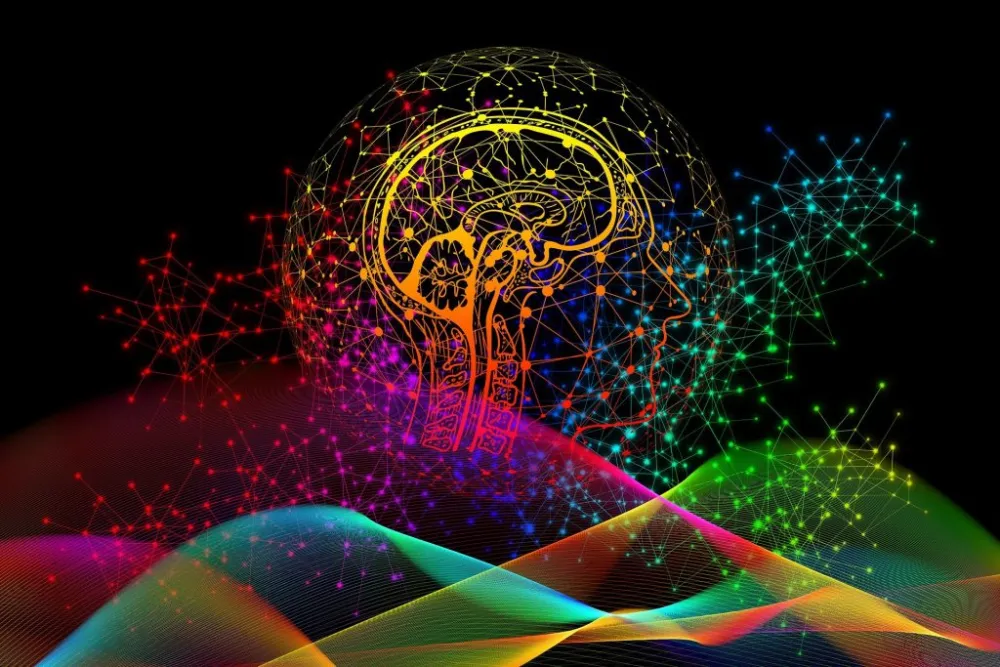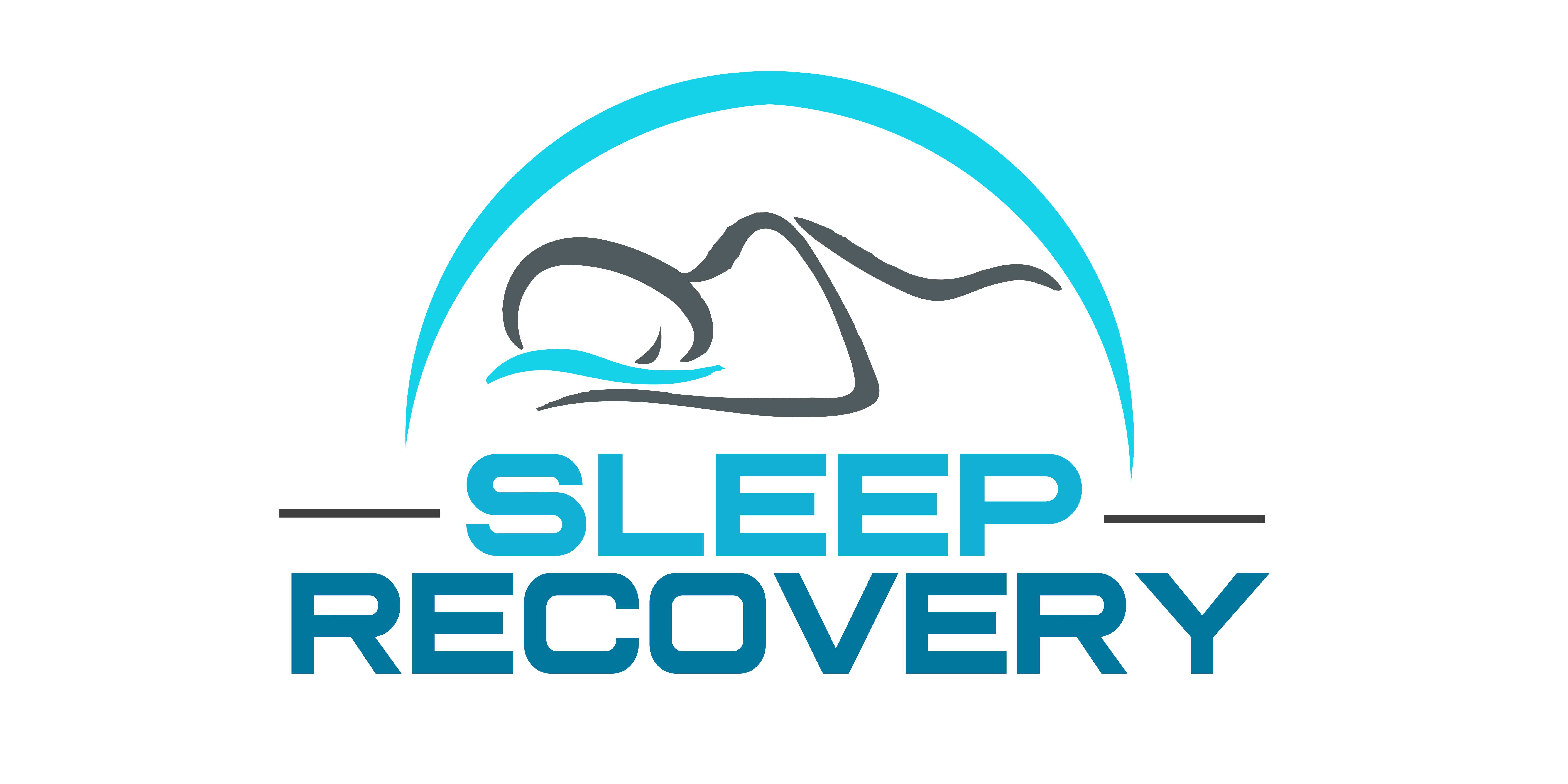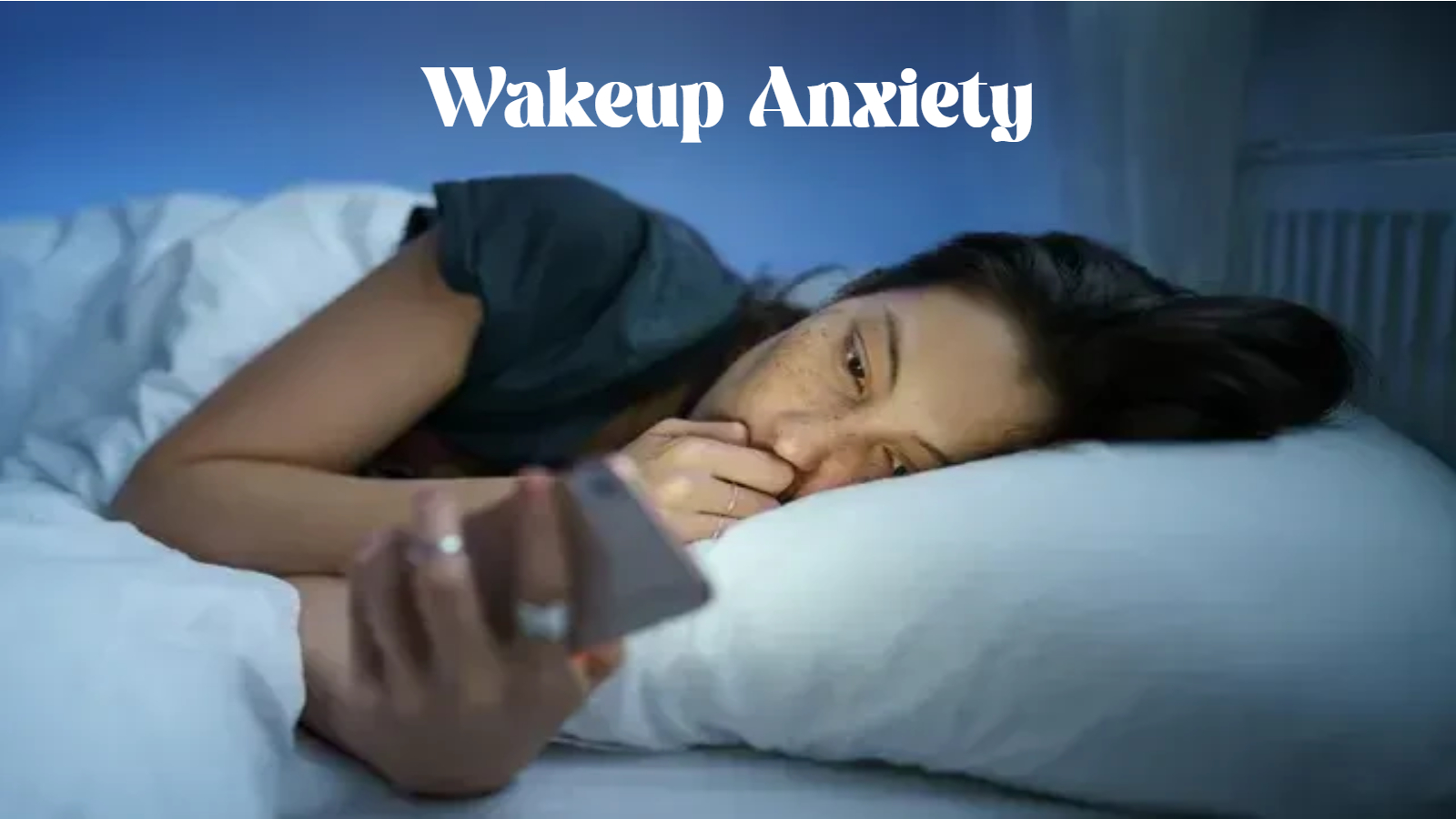Your Brain Stays “Awake” Even While You Sleep: Groundbreaking Research Reveals the Hidden Truth About Modern Sleep Disorders

Two revolutionary studies expose why millions suffer from “invisible insomnia” and how caffeine rewires neural networks during sleep.
New Nature Communications, Biology, and Scientific Reports findings fundamentally change our understanding of sleep disorders. They reveal that traditional diagnostic methods may miss the core neurological dysfunction affecting millions worldwide.
The 70 Million-Person Mystery That Stumped Sleep Medicine
Every night, millions of people experience what researchers are now calling “invisible insomnia,” a condition in which individuals feel completely unrested despite sleep studies showing standard sleep patterns. Until recently, this anomaly remained unexplained, leaving patients and physicians frustrated by the disconnect between subjective experience and objective measurements.
Two studies published in leading scientific journals have revealed the neurological reality of this mystery. They indicate that the brain can simultaneously exhibit both sleep and wake characteristics—a discovery forcing researchers to rethink how we understand sleep disorders completely.
The startling revelation: Your brain can be electrically “awake” even when sleep studies show you’re sleeping normally.
Study 1: The Sleep Perception Paradox
A comprehensive study published in Scientific Reports involving 60 participants and 559 serial awakenings has revealed that patients with chronic insomnia often have completely typical sleep architecture. Yet, their brains remain in a hyperactive state that prevents restorative rest.
The Shocking Discovery
Researchers from leading European sleep centers used advanced EEG monitoring and artificial intelligence to uncover a startling reality: patients with severe insomnia complaints “did not differ from controls on objective sleep parameters,” including sleep continuity, sleep architecture, spectral power, and brain wave patterns.
The results challenged everything sleep medicine thought it knew:
- 49.4% of healthy controls reported feeling “awake” when awakened from documented NREM sleep
- 59.4% of insomnia patients reported feeling “awake” during proven sleep states
- Standard polysomnography completely missed the underlying brain dysfunction.
- High-frequency beta waves predicted wake perception across all groups, indicating cortical arousal during sleep.
An Avant-Garde Concept: “Fluid Sleep-Wake Dynamics”
Scientists identified “fluid sleep-wake regulation” – a state where “sleep and wake activity patterns are not mutually exclusive but can coexist with ambiguous boundaries.” This data shows the brain can simultaneously exhibit sleep and wake characteristics, creating a neurological gray area that traditional diagnostic methods can’t detect.
Dr. Christoph Nissen, the study’s senior author, explains: “Our results support the notion that sleep-wake regulatory systems and direct sleep-wake perception are often intact in patients with insomnia disorder… the complaints appear not primarily to emerge from sleep loss or direct wake perception, but potentially rather from sustained cognitive, emotional and behavioral mechanisms.”
Why Traditional Sleep Studies Miss the Problem
The research revealed that standard polysomnographic parameters – the gold standard for sleep disorder diagnosis – failed to predict sleep-wake perception. Instead, elevated high-frequency spectral power was the key indicator of cortical arousal during sleep, a measurement not routinely analyzed in clinical practice.
This finding suggests that millions of patients diagnosed with “normal” sleep may be experiencing genuine neurological dysfunction that current diagnostic methods can’t detect.
Study 2: Caffeine’s Hidden Brain Hijacking During Sleep
While the first study exposed the sleep perception mystery, research from the University of Montreal published in Communications Biology revealed an equally disturbing truth: caffeine doesn’t just keep you awake – it fundamentally alters brain activity during sleep, maintaining a hyperactive state even when unconscious.
The AI-Powered Investigation
Researchers used artificial intelligence analysis and high-density EEG monitoring to study 40 healthy adults across multiple nights, comparing caffeine and placebo conditions. The results were unprecedented in their clarity and implications.
The findings:
- Caffeine increases beta brain waves (associated with wakefulness and mental engagement) during sleep.
- Caffeine suppresses slower oscillations like theta and alpha waves, essential for restorative sleep.
- Caffeine shifted the brain towards a “critical regime” with more chaotic neural dynamics during NREM sleep.
- Effects were significantly more pronounced in young adults aged 20-27 than in middle-aged participants.
The “Critical Brain State” Phenomenon
Lead researcher Dr. Karim Jerbi explained the concept of brain criticality: “Criticality describes a state of the brain that is balanced between order and chaos… In this state, the brain functions optimally: it can process information efficiently, adapt quickly, learn, and make decisions with agility.”
However, Dr. Julie Carrier, director of the Canadian Sleep and Circadian Network, warns: “While this is useful during the day for concentration, this state could interfere with rest at night: the brain would neither relax nor recover properly.”
The Age Factor That Changes Everything
The study uncovered a crucial vulnerability in young adults, who showed “a greater response to caffeine, likely due to a higher density of adenosine receptors in their brains.” This biological difference explains why college students and young professionals experience severe sleep disruption from caffeine consumption.
Machine learning algorithms could distinguish between caffeinated and non-caffeinated sleep with up to 75% accuracy based solely on brain complexity measures, demonstrating that caffeine creates measurable, persistent changes in neural activity during sleep.
The Hidden Epidemic Reshaping Sleep Medicine
These studies expose a fundamental blind spot in modern sleep medicine. Traditional polysomnography measures basic sleep architecture but misses the electrical chaos that keeps millions in neurological limbo between sleep and wakefulness.
The Devastating Statistics
Current data reveals the scope of this hidden crisis:
- 78% of teens and young adults have chronic insomnia, according to CDC data
- 66% experience chronic anxiety that disrupts sleep patterns
- Only 30% of insomnia patients experience complete remission with current first-line treatments.
- Millions receive diagnoses of “normal sleep” despite experiencing genuine neurological dysfunction.
Why Current Treatments Fall Short
The research explains why cognitive behavioral therapy for insomnia (CBT-I) and pharmaceutical interventions show limited success: they address “sustained cognitive, emotional, and behavioral mechanisms” rather than the underlying neurological dysfunction.
As the study authors note: “hypnotics might impair sleep-associated processes, like cortical plasticity… and memory consolidation,” suggesting that sleep medications may interfere with the brain’s natural recovery mechanisms.
The Caffeine Connection to Long-Term Sleep Dysfunction
The University of Montreal’s findings suggest that caffeine’s effects on sleep may be cumulative and long-lasting. AI’s ability to distinguish caffeinated from non-caffeinated sleep patterns indicates that regular caffeine consumption may create persistent alterations in neural networks responsible for sleep regulation.
This revelation is particularly concerning given the widespread caffeine consumption among young adults, who show the greatest neurological vulnerability to its sleep-disrupting effects.
Real-World Impact: Beyond the Laboratory
The College Crisis
With 78% of teens and young adults suffering chronic insomnia and caffeine consumption at all-time highs, these findings have immediate implications for educational institutions and public health policy. The enhanced caffeine sensitivity in young brains suggests that current consumption patterns may create a generation with fundamentally altered sleep neurology.
Healthcare System Implications
The disconnect between subjective sleep complaints and objective sleep studies has created a massive healthcare challenge. Patients undergo expensive sleep studies that fail to identify their core neurological dysfunction, leading to inappropriate treatments and continued suffering.
The Workplace Connection
The research has profound implications for workplace productivity and mental health. If traditional sleep assessments lack widespread neurological dysfunction, millions of workers may have compromised cognitive function due to non-restorative sleep.
Perhaps most importantly, these studies suggest that the brain’s sleep-wake regulation systems remain fundamentally intact in most insomnia patients. This finding means the neurological dysfunction may be correctable through targeted interventions that address the specific brain wave abnormalities identified in the research.
The Future of Sleep Medicine
The findings point toward a new paradigm in sleep medicine—one focused on electrical brain activity rather than topographical sleep architecture. Advanced EEG analysis, spectral power measurement, and real-time brain wave monitoring may become the new sleep disorder diagnosis and treatment standard.
Implications for Treatment Development
Understanding that sleep-wake perception disorders involve specific patterns of cortical arousal opens new avenues for intervention. Technologies directly influencing brain wave patterns during sleep may prove more effective than current pharmaceutical or behavioral approaches.
A Breakthrough Solution: Sleep Recovery’s Pioneering Approach
While these studies reveal the problem, Sleep Recovery Inc. has been quietly developing and perfecting solutions targeting these neurological dysfunctions for over 16 years. Founded by David A. Mayen and guided by Dr. Jeffery Wilson, PhD (39 years of neurofeedback experience), Sleep Recovery is the only clinic specifically addressing the brain wave instabilities these studies have identified.
The Science-Based Methodology
Sleep Recovery’s approach directly targets what these breakthrough studies revealed: the brain’s electrical instability during sleep states. Using FDA-approved brainwave entrainment technology, their protocols address the specific neural oscillations that create sleep-wake perception disorders.
Their revolutionary approach includes:
- Advanced EEG analysis measuring the exact spectral power parameters used in these studies
- Targeted neurofeedback training that stabilizes neural networks responsible for sleep perception
- Personalized protocols based on individual brain wave signatures
- Non-pharmaceutical intervention that works with natural neuroplasticity
Clinical Results That Mirror the Research
Sleep Recovery outcomes align perfectly with what these studies suggest is possible. Their clients achieve 6.5 to 8.5 hours of restorative sleep per night, with an 85% overall reduction in anxiety, reflecting restored neural function rather than symptomatic treatment.
David A. Mayen explains: “We’ve seen these patterns for years – people with ‘normal’ sleep studies who can’t achieve restorative rest. These new studies prove that the brain’s electrical activity during sleep is the missing piece. Our brainwave entrainment technology trains the neural circuits to maintain proper sleep-wake boundaries.”
Medical Professional Recognition
Sleep Recovery’s approach has gained recognition from medical professionals worldwide who have experienced the limitations of traditional sleep medicine:
Dr. Peter Aquino, MD, from the University of Oxford School of Medicine: “I am a research physician (and neuroscientist), so I can assure you that Sleep Recovery definitely helped me with my sleep and anxiety issues.”
Dr. Aleksandra Wirga, MD, Founder of Wellness Psychiatry: “We have referred insomnia patients to Sleep Recovery since 2014. They’ve always managed to help extreme cases that appeared intractable otherwise. EEG therapy is a wonderful tool when it seems that pharmacology cannot.”
Client Success Stories
Ruby Huggler, a real estate investor, struggled with severe insomnia for two decades despite trying every available treatment. After six sessions with Sleep Recovery’s neurofeedback protocol, she restored complete sleep: “No more insomnia – I can enjoy eight hours of rested sleep. I dream – I couldn’t remember the last time I recall dreaming. Wake up rested versus tired. No need to self-medicate with sleeping pills, anxiety medicine, or alcohol.“
Sleep Recovery’s multi-generational approach has helped entire families, as one client reports: “My dad (age 64), my daughter (age 11), and I (age 36) have all been clients of the biofeedback system. My daughter has especially benefited because her symptoms manifest in the form of ADHD behaviors in the classroom setting. Her sleep patterns have greatly improved, which in turn causes her attention span to increase.”
The Global Impact
As the only clinic worldwide specifically targeting these neurological dysfunctions, Sleep Recovery represents a bridge between cutting-edge sleep research and practical clinical application. These breakthrough studies validate their 16 years of pioneering work, offering hope for the millions suffering from invisible insomnia.
Looking Forward: The Future of Sleep Research
These groundbreaking studies mark just the beginning of a new era in sleep medicine. As researchers develop more sophisticated tools for measuring brain wave complexity and sleep-wake perception, we can expect even more revelations about the neurological basis of sleep disorders.
Research Implications
Future studies will likely focus on:
- Individual variations in sleep-wake perception mechanisms
- Targeted interventions for specific brain wave abnormalities
- Prevention strategies for caffeine-induced sleep dysfunction
- Neuroplasticity-based treatments that restore normal sleep neurology
Public Health Considerations
The age-related caffeine vulnerability findings suggest the immediate need for:
- Educational campaigns about caffeine’s long-term sleep effects
- Campus health initiatives addressing the college sleep crisis
- Workplace policies considering sleep health and productivity
- Healthcare reform integrating advanced sleep neurology assessment.
Technology Development
The success of AI in distinguishing sleep patterns points toward:
- Consumer sleep monitoring devices with advanced EEG capabilities
- Real-time neurofeedback systems for home use
- Predictive algorithms for sleep disorder risk assessment
- Personalized treatment protocols based on individual brain signatures
These studies represent more than new findings – they mark a fundamental shift in understanding sleep and consciousness. The discovery that sleep and wake states can coexist challenges our basic assumptions about neural function and opens new avenues for research and treatment.
For millions suffering from invisible insomnia, these findings offer validation that their experience is real, measurable, and, most importantly, treatable. The future of sleep medicine lies not in more powerful sleep medications or additional behavioral interventions but in directly addressing the neurological dysfunction that these groundbreaking studies have finally revealed.
The message is clear: traditional sleep medicine has been looking in the wrong place. The answer lies not in sleep duration or basic architecture but in the complex electrical symphony of the sleeping brain – a symphony that can be measured, understood, and restored to harmony.
References:
- Schneider, C.L., Fehér, K.D., Hertenstein, E. et al. Multimodal assessment of sleep-wake perception in insomnia disorder. Sci Rep 15, 19328 (2025)
- Thölke, P., Arcand-Lavigne, M., Lajnef, T., Frenette, S., Carrier, J., & Jerbi, K. (2025). Caffeine induces age-dependent increases in brain complexity and Criticality during sleep. Communications Biology, 8(1)

